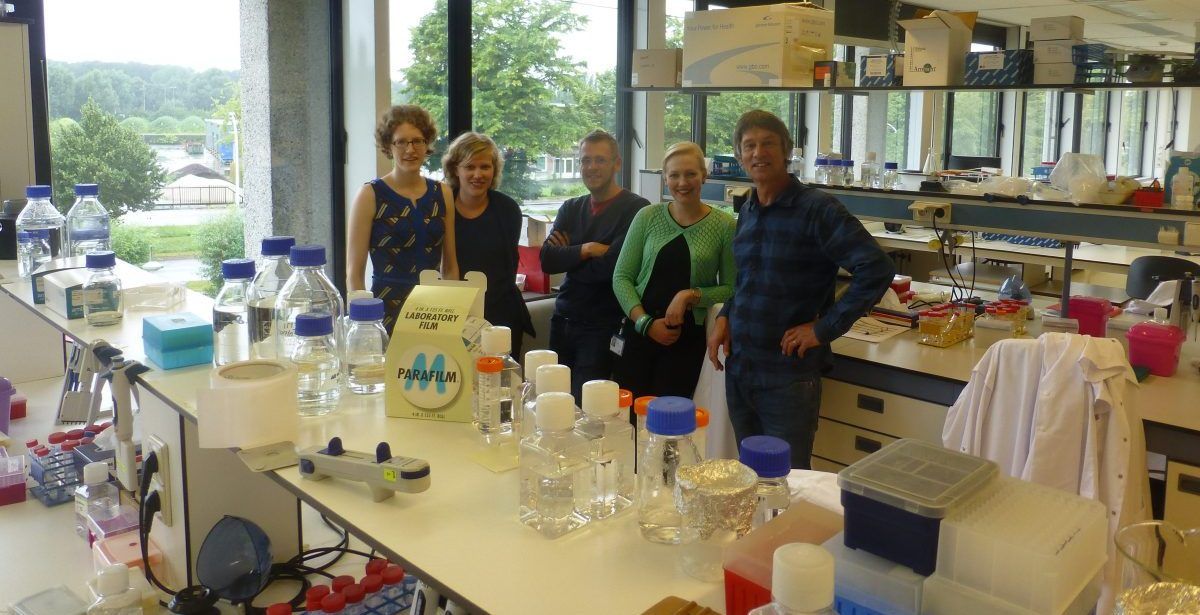GABA-A Receptor in Fragile X Syndrome

Frank Kooy, PhD
Principal Investigator
University of Antwerp
Belgium
2010 Grant Funding: $45,000
2007-2008 Grant Funding: $100,000
1999-2000 Grant Funding: $65,000
Summary
With $210,000 in funding from FRAXA over 1999-2010, Dr. Frank Kooy studied the involvement of the GABAergic system in Fragile X syndrome.
The Results
In 2021, Dr. Kooy and colleagues published a review article entitled "Therapeutic Potential of GABAA Receptor Subunit Expression Abnormalities in Fragile X Syndrome," which discusses the potential use of GABA A agonists in the treatment of Fragile X syndrome. Following this work, clinical trials of ganaxolone in Fragile X patients have been initiated.
The Science
by Frank Kooy, PhD
Absence of a single protein, FMRP, in Fragile X patients leads to a cascade of molecular events in brain cells. To find out which other genes are involved the clinical symptoms, we have been looking for genes that are differentially expressed in Fragile X syndrome.
One of the genes specifically underexpressed is part of the GABAA receptor. As GABA-A receptors are the main inhibitory receptors in the brain, involved in processes like anxiety, mood swings, sleep and cognition, processes also disturbed in Fragile X patients, we followed up on this finding. In subsequent studies, we demonstrated abnormalities in expression levels of multiple parts of the GABA-A receptor, both in the mouse model and in the fly model, indicating underexpression is an evolutionary conserved hallmark of Fragile X syndrome. Our case for involvement of the GABAergic system in Fragile X is supported by independent findings from other groups.
During the first years of our study, we analyzed the relative expression of many genes that are responsible for GABA synthesis, transport, clustering and degradation. Essentially all of these genes were under expressed in the Fragile X syndrome, strengthening our hypothesis that the entire GABA system is down regulated in the disorder. We then verified that GABAergic drugs such as the neurosteroid alphaxolone are effective in the knockout mice.
We then moved our studies to patients with Fragile X syndrome, by performing a clinical study of position emission tomography (PET), a functional imaging technology that is able to provide non-invasive in vivo assessment and quantification of GABA-A receptor binding through injections of labelled flumazenil. We found a difference in GABA-A receptor distribution between Fragile X patients and controls. This reenforces our hypothesis that a dysfunction of the GABAergic system is responsible for the neurologic and behavioral problems seen in Fragile X patients.
Grant Post Revisions
- 2021/11 - Added The Results.
- 2014/10 - Original grant post published.

